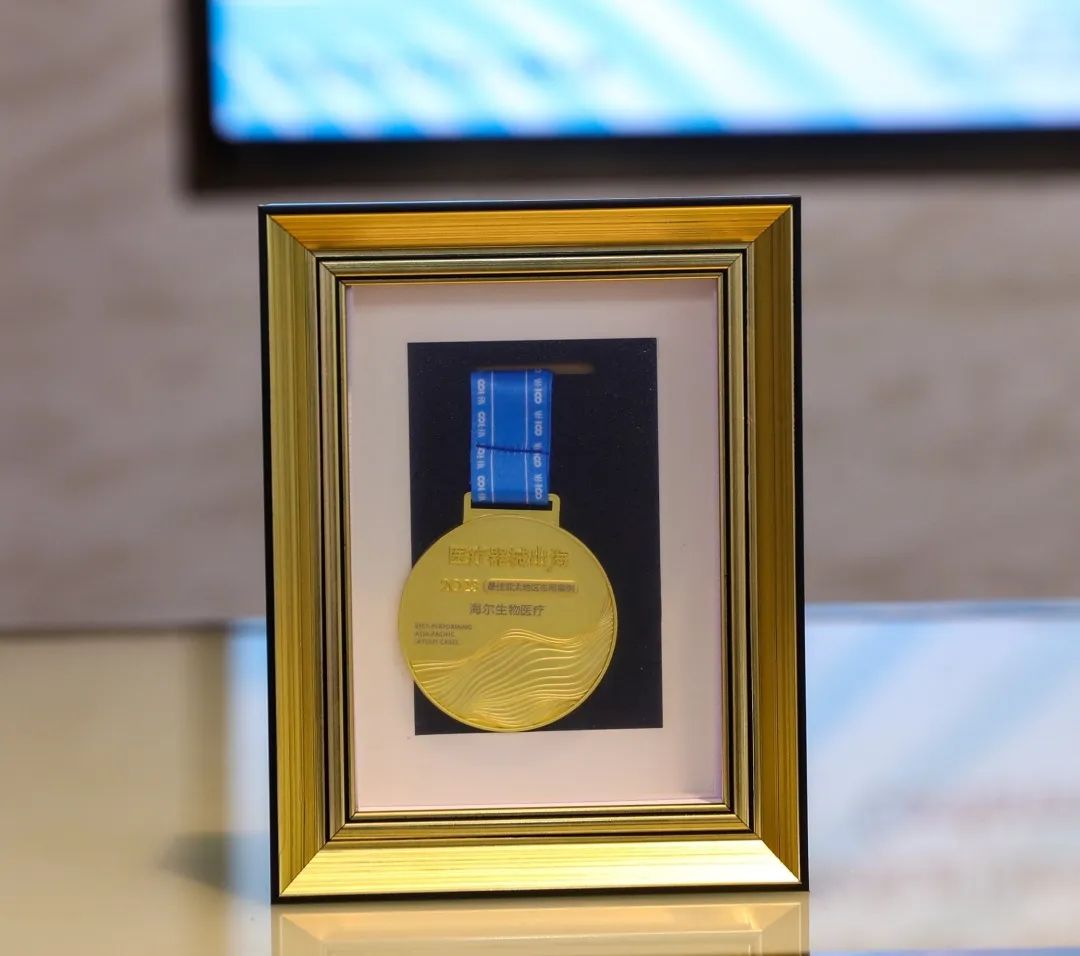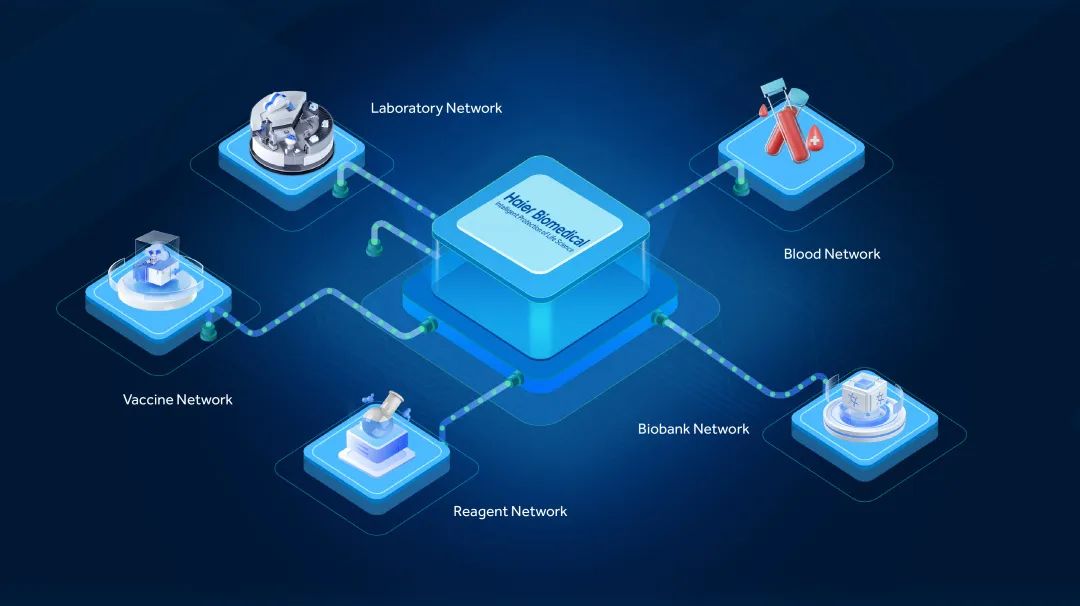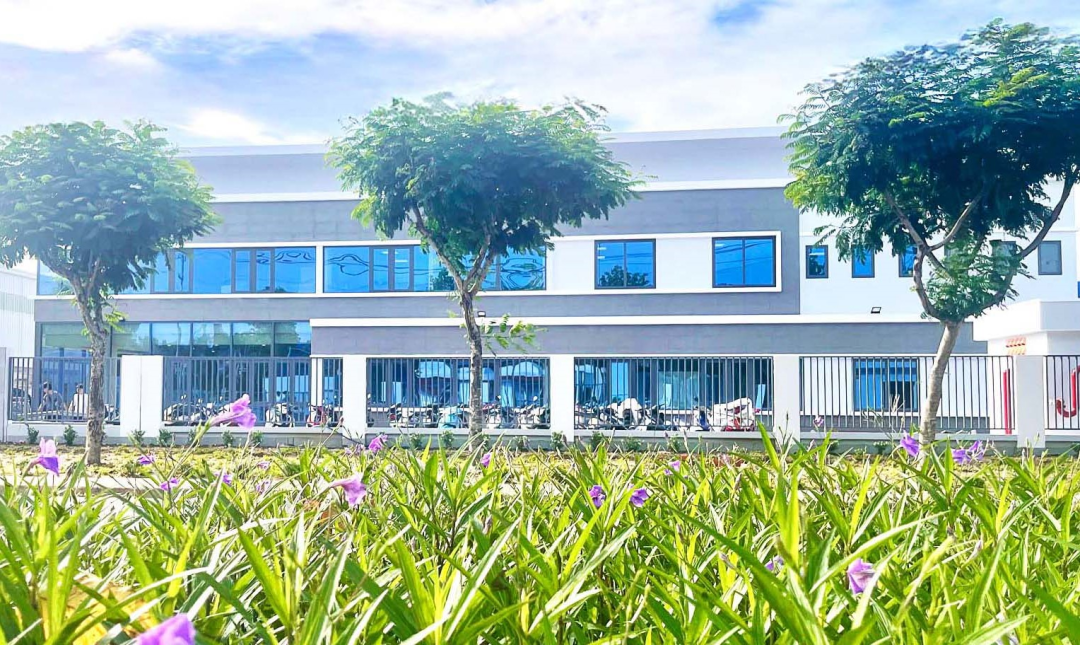Haier Biomedical Awarded the Best Asia Pacific Layout Case for Medical Devices Going Abroad in 2023

Network & Localized Operations to Enhance Regional Brand Competitiveness
The success of Chinese medical device enterprises in expanding globally hinges on their level of localized construction, which determines whether they can stand firmly and take root in overseas markets. To understand users’ pain points and quickly and accurately respond to users’ needs, Haier Biomedical is focused on the construction of a “network & localized” double-wheel operation system in its overseas operations, strengthens localized construction, establishes localized team, and builds localized system to create a sustainable development platform for overseas market. These measures can ultimately enhance the brand’s global competitiveness and influence in the face of changing circumstances.
Centering around the strategic layout of localization in Asia Pacific, Haier Biomedical has established the world’s largest biosafety science and innovation industrial park in China, and successively constructed seven technology platforms, including cryogenics, automation, separation, consumables, and reagents, centered around two major application fields of life science and medical innovation. These efforts are made to provide global users with diversified digital intelligence scenarios such as smart lab, smart public health, smart blood, smart bioculture, and digital hospital solutions.

At the same time, Haier Biomedical continues to optimize its “Network & Localized” operations in the Asia-Pacific region to expand its user coverage and has more than 380 network channels in the Asia-Pacific region, in addition to China. On this basis, Haier Biomedical has accelerated the development of localized service and marketing. For example, in the UAE, Haier Biomedical has established training centers covering neighboring countries and regions, including the Middle East, Africa, Central Asia, South Asia, and India, to provide users with visits and technical training services. The company also strengthens marketing localization efforts, organizes participation in regional industry exhibitions, creates win-win situations with local partners, and strives to better understand and adapt to market demand and characteristics.
With its continuous advancement in localized innovation layout, Haier Biomedical has taken root in the global market and the company’s global competitiveness and influence are on the rise. At present, the company has expanded its international distribution network to over 800, and has made consistent improvements in its localization team in Europe, Americas, and Asia. The company has also established an experience training center system centered in countries and regions including the UAE, Nigeria, Singapore, the UK, and St. Louis, and improved the storage and logistics center system in the Netherlands and the USA. These enhancements have enabled the company to deliver its product solutions to more than 130 countries and regions around the world, and to establish long-term and sustainable partnerships with more than 40 international organizations, including the World Health Organization (WHO) and the United Nations Children's Fund (UNICEF).
Green Solutions from Localized Innovative Research and Development Benefit for the Belt and Road
Innovation is the primary catalyst for driving development. While committing to the “network & localized” operations, Haier Biomedical also adheres to localized innovation, focuses on users’ personalized needs, and carries out diversified layout of products and solutions, which have allowed the brand to make steady progress and expand its reach in the global market. At present, Haier Biomedical have not only expanded its products from ultra-low temperature storage products to liquid nitrogen tanks, safety cabinets, centrifuges, biological culture, and other categories, but also developed personalized green technology solutions cater to the specific requirements of local users, supporting countries and regions along the Belt and Road to achieve universal access to green medical solutions.
With a focus on the issue of inadequate basic immunization due to the lack of electricity in underdeveloped countries and regions, Haier Biomedical has pioneered a series of vaccine refrigerators with zero-carbon solar direct-drive refrigeration technology, with insulation capacity that surpasses that of foreign brands by more than 1.6 times in extreme environments, which have been deployed in 78 countries and regions along the Belt and Road. It has provided vaccination services to 45 million children every year, ensuring accessible healthcare and immunization services. This series of products can also reduce carbon emissions by 109,500 tons per year during its operation, promoting the construction of green Belt and Road. For the European and American markets with increasingly stringent green requirements, Haier Biomedical took the lead in breaking through the key technology of hydrocarbon refrigeration, and developed the first energy-saving core series of ultra-low temperature freezers in the field of ultra-low temperature storage, equipped with a hydrocarbon refrigeration system, which improves refrigeration efficiency by 30% and facilitates the ultra-low temperature refrigerator industry to save energy by about 50%. Furthermore, each unit of these freezers can reduce carbon emission by 2 tons per year. In the field of deep low temperature storage, the company made progress through the ultra-low temperature refrigeration system built by hydrocarbon refrigerant and inverter compression technology, and developed "Hydrocarbon IoT Cryogenic Freezer" with the capability to reach temperatures as low as -150°C. This product causes no harm to the ozone layer, and has a significantly reduced greenhouse effect, saving up to 30% of electricity, a remarkable attribute recognized by the European market upon its launch.
Considering the diverse needs of different users in different countries and regions, Haier Biomedical’s localized green innovation goes far beyond the above-mentioned efforts. In the National Primary Health Care Development Agency (NPHCDA), the transit station for vaccines and medicines in Nigeria under the country’s Ministry of Health, Haier Biomedical has constructed the world’s first solar-powered direct-drive cold storage to address the safety concerns associated with vaccine and medicine storage arise from inadequate electricity facilities in the region. In Nigeria’s national blood station, Haier Biomedical has introduced an innovative solar-powered direct-drive blood refrigerators to reduce its blood management’s reliance on the power grid, which enables remote real-time monitoring and unified management, ensures blood storage safety and more convenient management. In Senegal, Haier Biomedical joined hands with the Pasteur Institute and the WHO to establish a solar-powered mobile laboratory. While in Indonesia, the company innovated a solar-powered mobile testing cube to help enhance the country’s healthcare capabilities.
2023 marks a year for the significant transformation of the global medical device supply chain that poses both opportunities and challenges. In the future, Yingkang Life Haier Biomedical will, with a global perspective in mind, focus on creating the best user experience, deepen localized innovation, promote quality development of the global medical device supply chain, and help build a healthy community, ultimately improving the quality of life for people worldwide.














.png)


























